Forecast Informed Reservoir Operations
FIRO is a reservoir-operations strategy that better informs decisions to retain or release water by integrating additional flexibility in operation policies and rules with enhanced monitoring and improved weather and water forecasts (American Meteorological Society; 2020).
FIRO is being developed and tested as a collaborative effort in the Russian River Basin (Lake Mendocino, Lake Sonoma), the Santa Ana River Basin (Prado Dam, Seven Oaks Dam), the Yuba-Feather River Basins and the Green River (Howard Hanson Dam) that engages experts and stakeholders in civil engineering, hydrology, meteorology, biology, economics and climate from several federal, state and local, universities and others. There is significant interest and support for developing FIRO at other appropriate locations in the Western U.S. and elsewhere.
 |
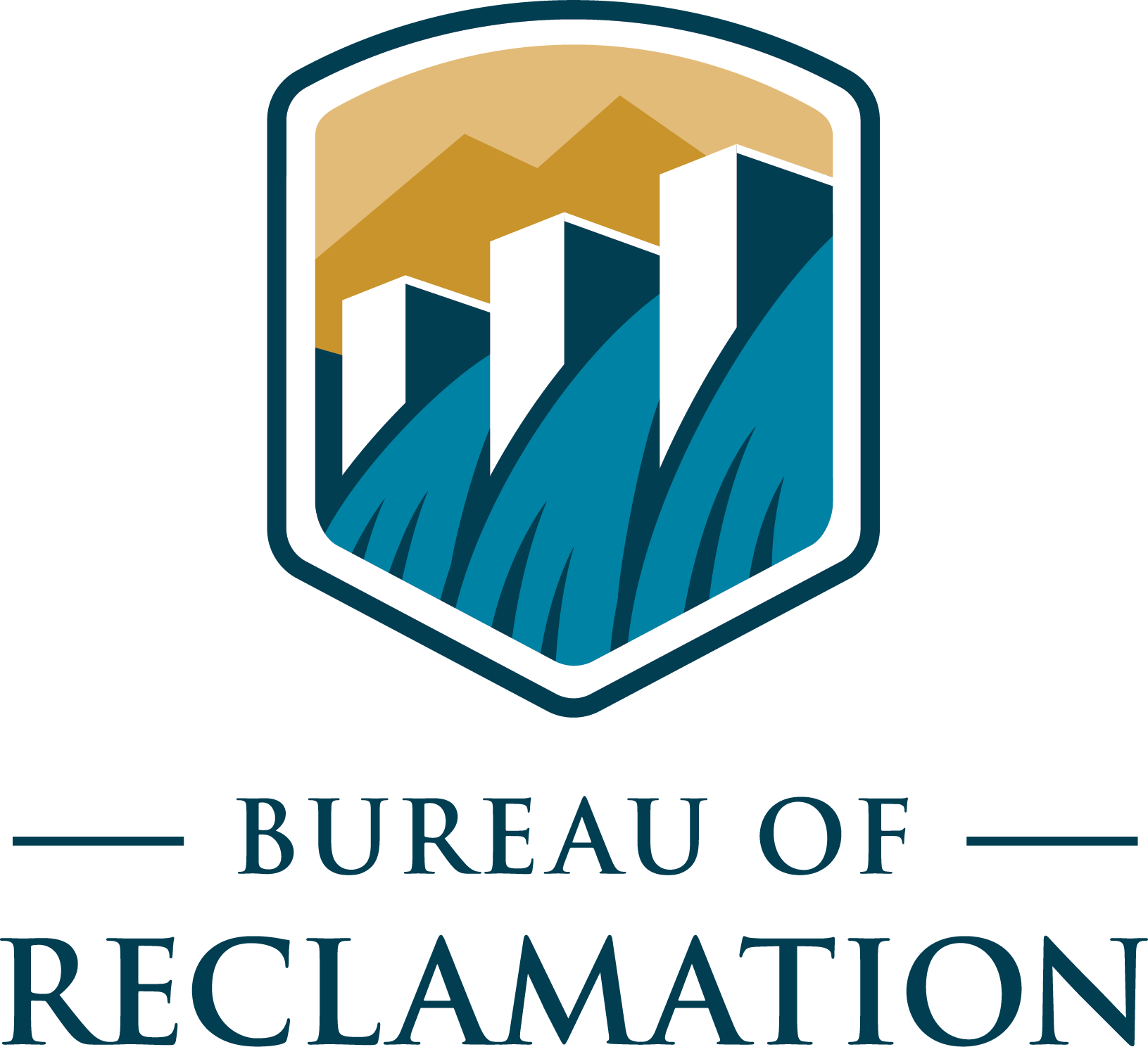 |
 |
 |
 |
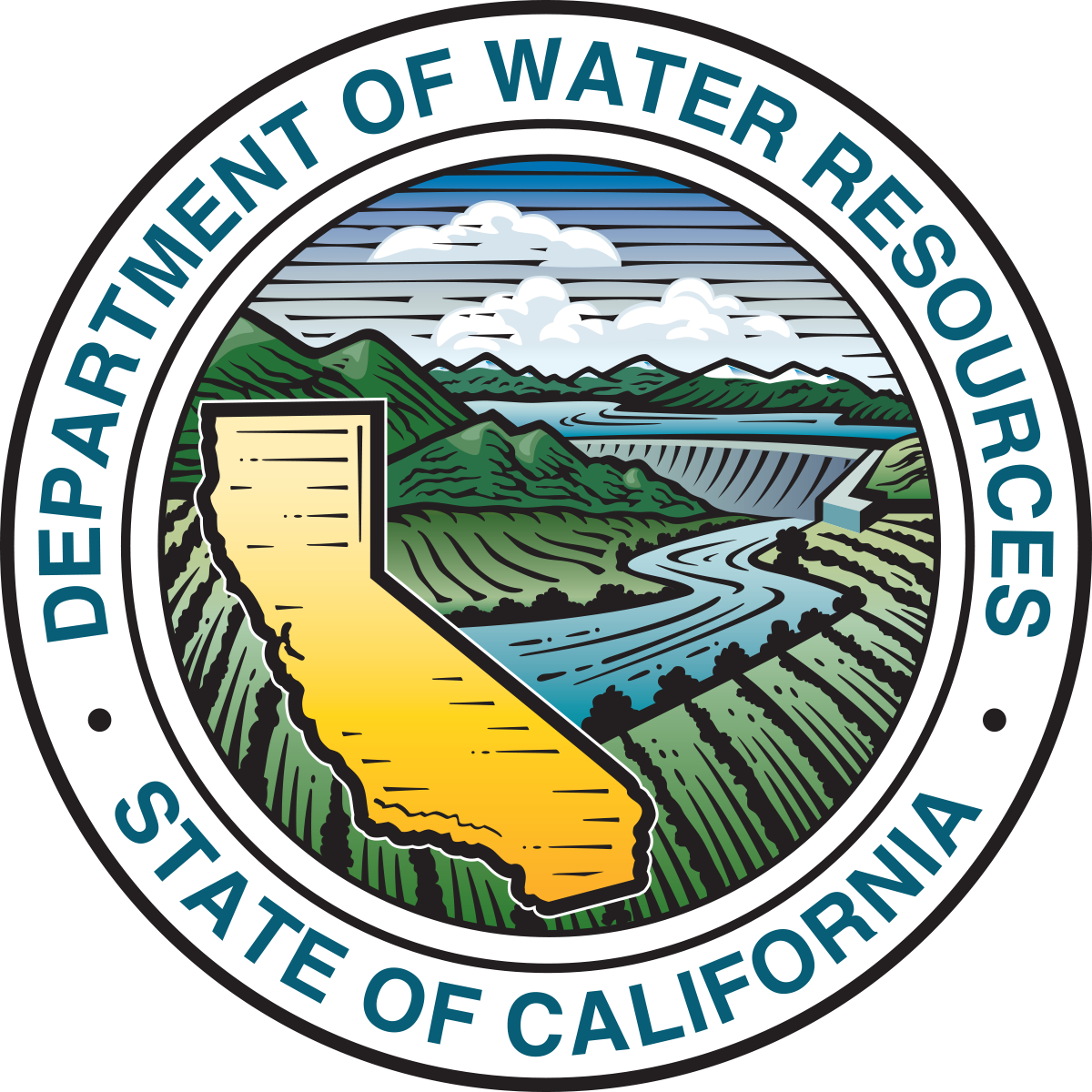 |
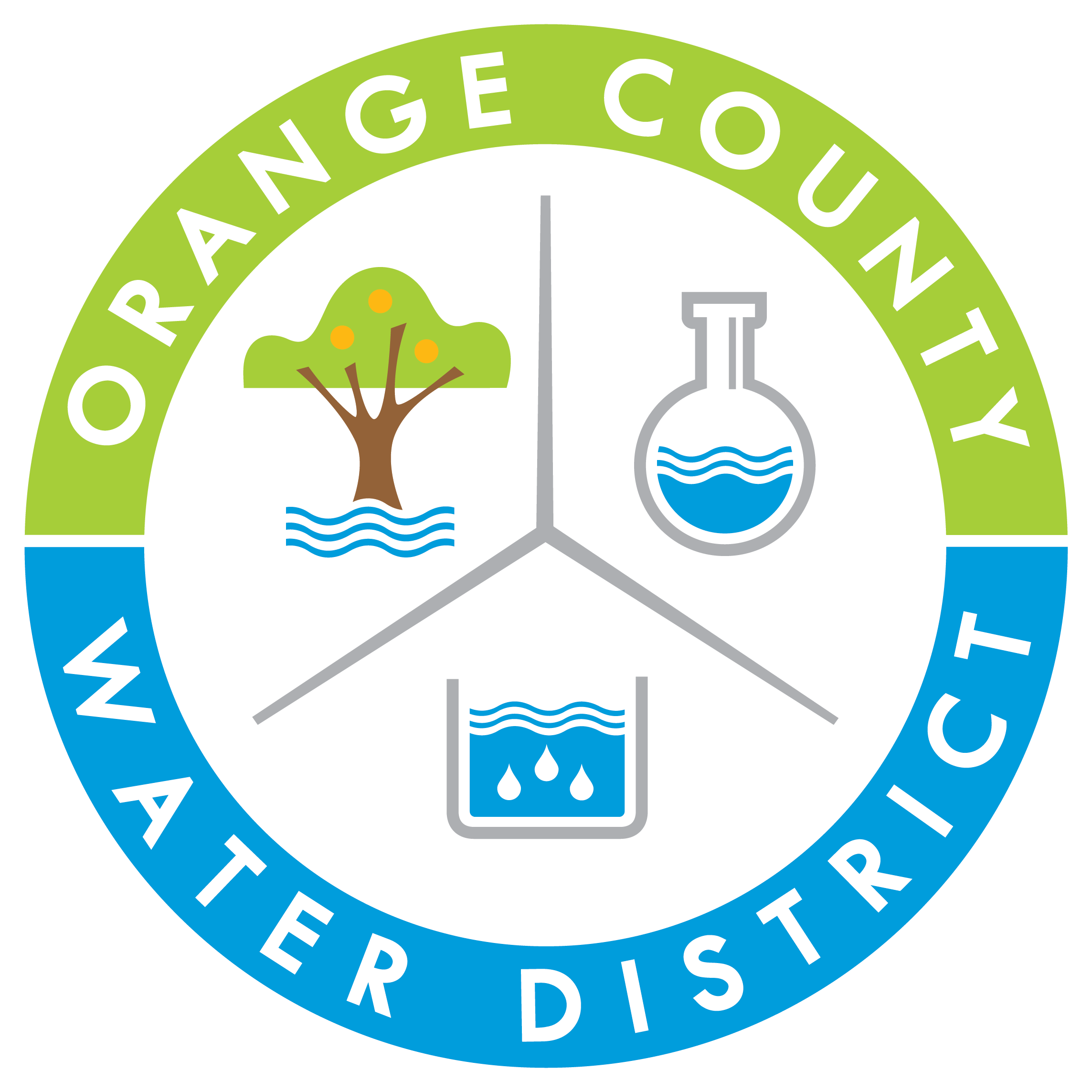 |
 |
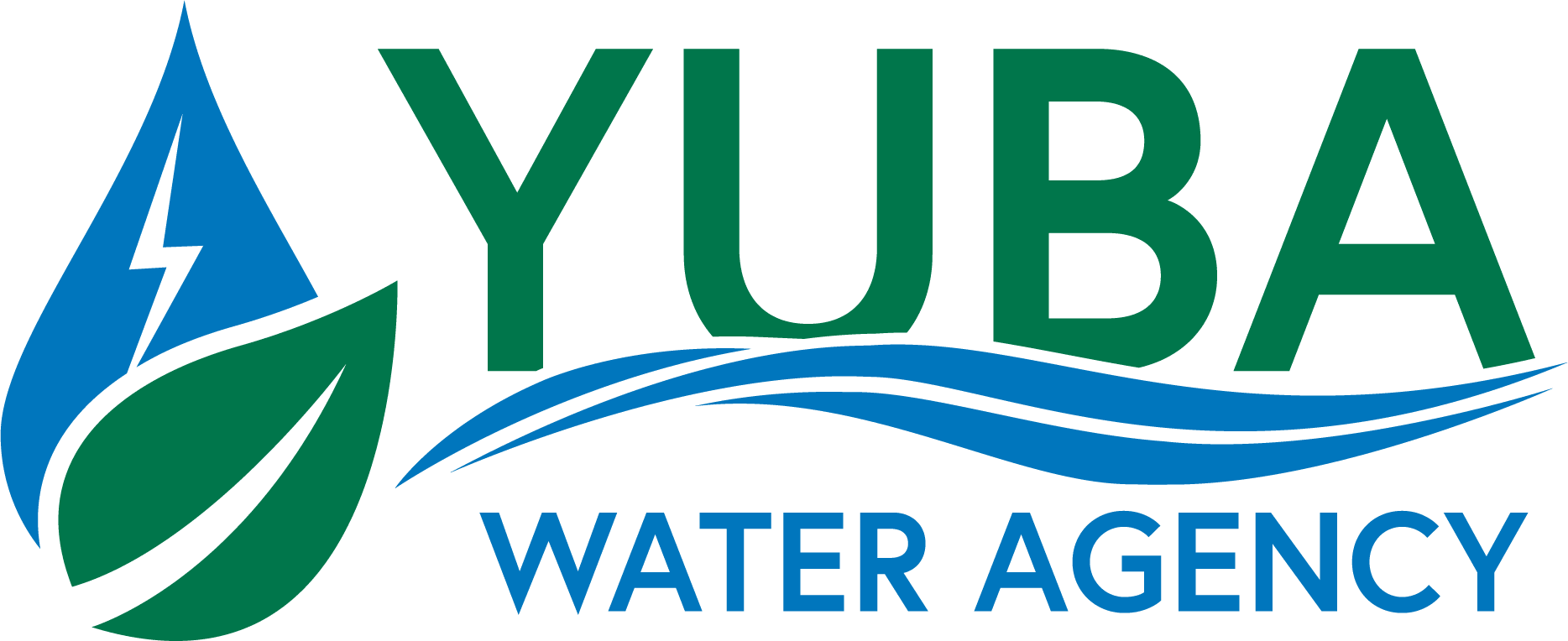 |
 |
 |
 |
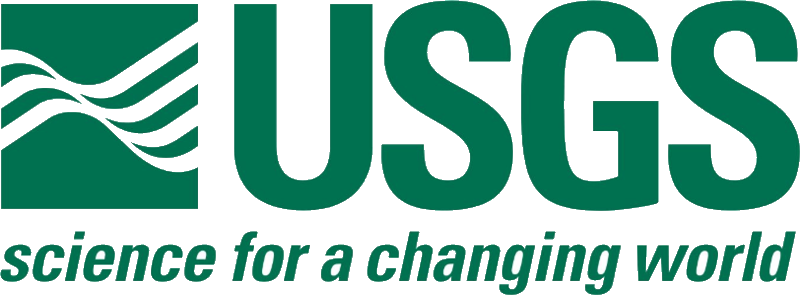 |
 |
 |
 |
 |
Process
FIRO Formula
The keys to FIRO success reside in (1) a local champion, (2) intentional collaboration, (3) research and demonstration, and (4) a shared vision for implementation.
Local Champion
For success, local interests need to commit time and resources into getting the project going and to keep it going. This may involve initial “spin-up” funding and certainly includes agency time, energy, and administrative resources.
Steering Committee
A Steering Committee is carefully selected to include key decision makers and stakeholders that have the authority to make decisions and commit time and resources. Importantly, the reservoir operators are represented on all the Steering Committees. Steering Committees meet regularly and actively contribute to the project work. A small group of support personnel are needed to handle coordination, facilitation, technical support, and project management. The Steering Committee establishes trust and facilitates collaboration.
Research and Demonstration
A central tenant of FIRO is a commitment to improving our understanding and prediction of extreme weather and water events and developing tools that help water and emergency managers make more informed decisions.
Shared Vision and Sharing Lessons Learned
The Steering Committee and staff must have a shared vision of success to keep the project focused as research and technology is applied, understanding evolves, competing uses and demands are considered, FIRO viability is assessed and project deliverables are developed into tangible decision support tools. This vision also includes a commitment to ongoing research that supports and improves water management decisions over time and fosters an open exchange of ideas and results within the broader water management and research communities. Sharing lessons learned and expanding the FIRO community by openly sharing and transferring tools and is an essential part of the FIRO approach.
FIRO Pathway
Having a recipe for success is essential. To date, FIRO projects have followed a certain pathway for the development of documents and deliverables. Over time this may change, but for the time being, this pathway has proven to be very successful. Figure 1 shows the FIRO process from initiation to completion.
Terms of Reference
The Terms of Reference is a non-binding agreement between the members of the Steering Committee that describes how the committee will function, make decisions, share information, and work together. This is a key element of developing an environment of transparency and trust.
Workplan Development
Beginning with an outline, the Steering Committee works together to develop a plan for the work that must occur to conduct a FIRO Viability Assessment. This is a comprehensive document that represents the first big deliverable for the Steering Committee. The process of completing the workplan is important as it involves developing a full understanding of the watershed and the project features; identifying analyses and data needs; and scoping a host of variables and constraints associated with managing water resources in the basin. The plan also describes the research investments and evaluations needed to move FIRO toward potential implementation. Please review the Lake Mendocino FIRO workplan for an example.
Workshops
While the Steering Committee can become a very effective vehicle for completing the agreed-to assessments and research it is simply not possible to include everyone in the process. Connecting and sharing ideas, challenges, and results with the broader research and application communities is an important component of FIRO. Since 2014, FIRO leadership have organized and hosted annual workshops to share information and invite the exchange of ideas and related research.
Viability Assessment
The Viability Assessment results from the execution of the workplan, and the time and effort required to develop the viability assessment can vary from project to project. Please see examples of work plans and viability assessments here.
Demonstration and Implementation
Moving from the Viability Assessment into implementation is dependent upon the outcome(s) of the assessment. During the process, it is typical to request water control plan deviations to test FIRO operations and inform the Final Viability Assessment, which in turn informs the Corps in updating the water control manual. Figure 2 shows the progress of current FIRO projects
American Meteorological Society, cited 2020: Forecast-informed reservoir operations. Glossary of Meteorology. [Available online at http://glossary.ametsoc.org/wiki/Forecast-informed_reservoir_operations.]


